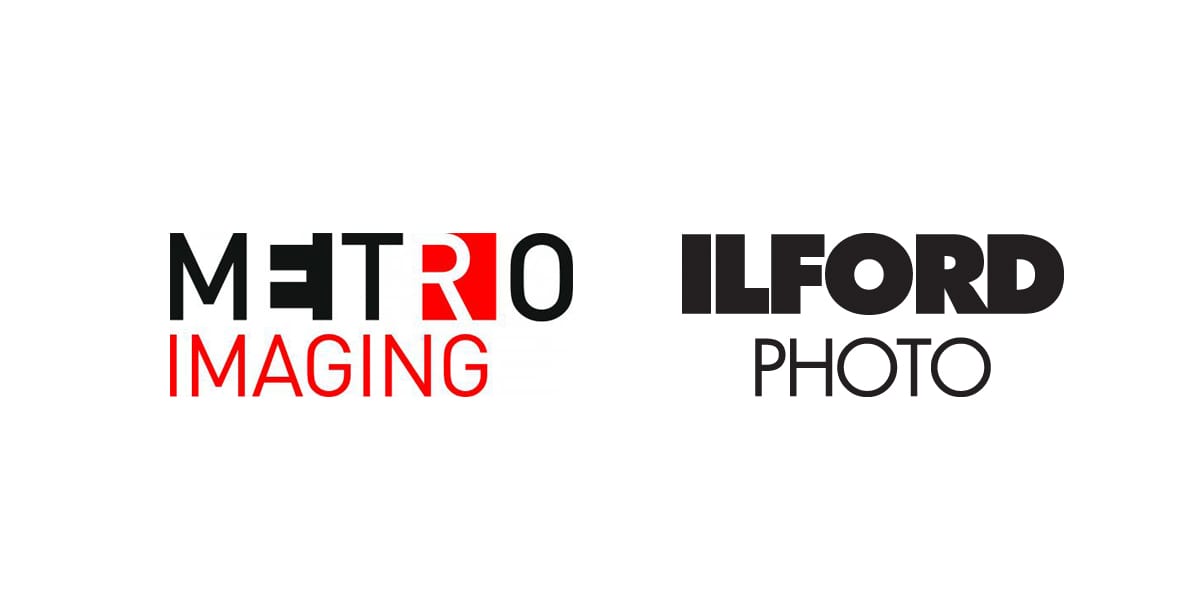Last year BJP partnered up with Brighton-based camera manufacturer Intrepid Camera Co. to launch the Intrepid Film Photography Awards.
The three winning photographers each received a limited edition Intrepid 4 x 5 camera and Ilford Photo film, with which they have spent the past year creating new bodies of work. These will be showcased in a pop-up exhibition where Intrepid will also be launching a Kickstarter for the new Intrepid Enlarger. In the second of three editorials spotlighting the winners’ work, Michael Novotny discusses his project – a socio-geographic study of remote locations in Iceland.
Ultima Thule, a term first coined in Greek and Roman literature and cartography, refers to the place located furthest North. Since its origins however, the term has taken on a metaphorical meaning, coming to represent any remote location found beyond the borders of the known world. Czech photographer Michael Novotny’s series which was shot in the secluded North Atlantic island provides viewers with a taste of this Ultima Thule.
Novotny is not the kind of photographer to dive in, take a quick snap and leave. Instead, the Prague-born native fully immerses himself in his surroundings, often moving to the country he is photographing and spending year-long stints there. From Iceland to the Swiss Alps, he has captured the worlds of those living off-grid, shedding light on the everyday realities of people living in these remote places.
For this project, his approach was no different. Novotny ensconced himself in the peripheries of Icelandic society, travelling to the outskirts to photograph the traditions and customs, wildlife and sublime landscapes he encountered. Eager to live a nomadic lifestyle – he has travelled to over 40 countries in the last few years –, Novotny found in Iceland a kind of haven, a place where he could revel in a simpler and slower pace of life. “I would say that it wasn’t me who chose this topic, but the topic that chose me,” he explains. Disinterested in the internet or electronics, escaping to far corners of the world provides him with the opportunity to observe that which he is truly fascinated by: “the cultures that live in harmony with nature and respect it deeply.”
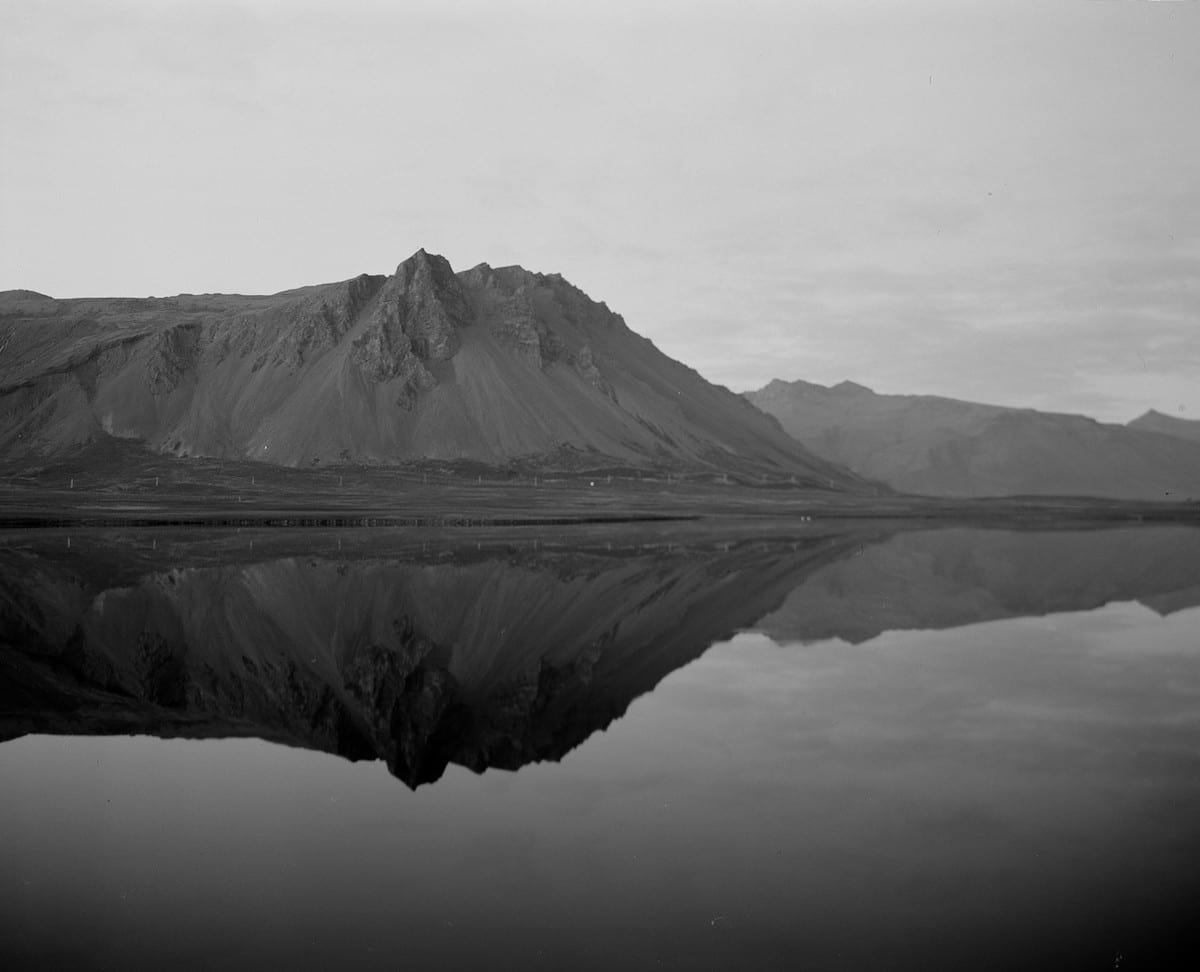
But the project was not without its obstacles. Living in one of the northernmost regions of the earth, finding a place to develop and scan his prints proved to be a challenge. “I live in the middle of nowhere with very old school internet connection,” says Novotny. Being submerged in the “Icelandic abyss” meant that he had to send the negatives to mainland Europe and wait for them to be returned before seeing any of his images. This time intensive process is something that the photographer explores in further detail below.
In the following interview, Novotny shares some of the things he learned about this untapped region and discusses the importance of respect and patience in his photographic practice.
–
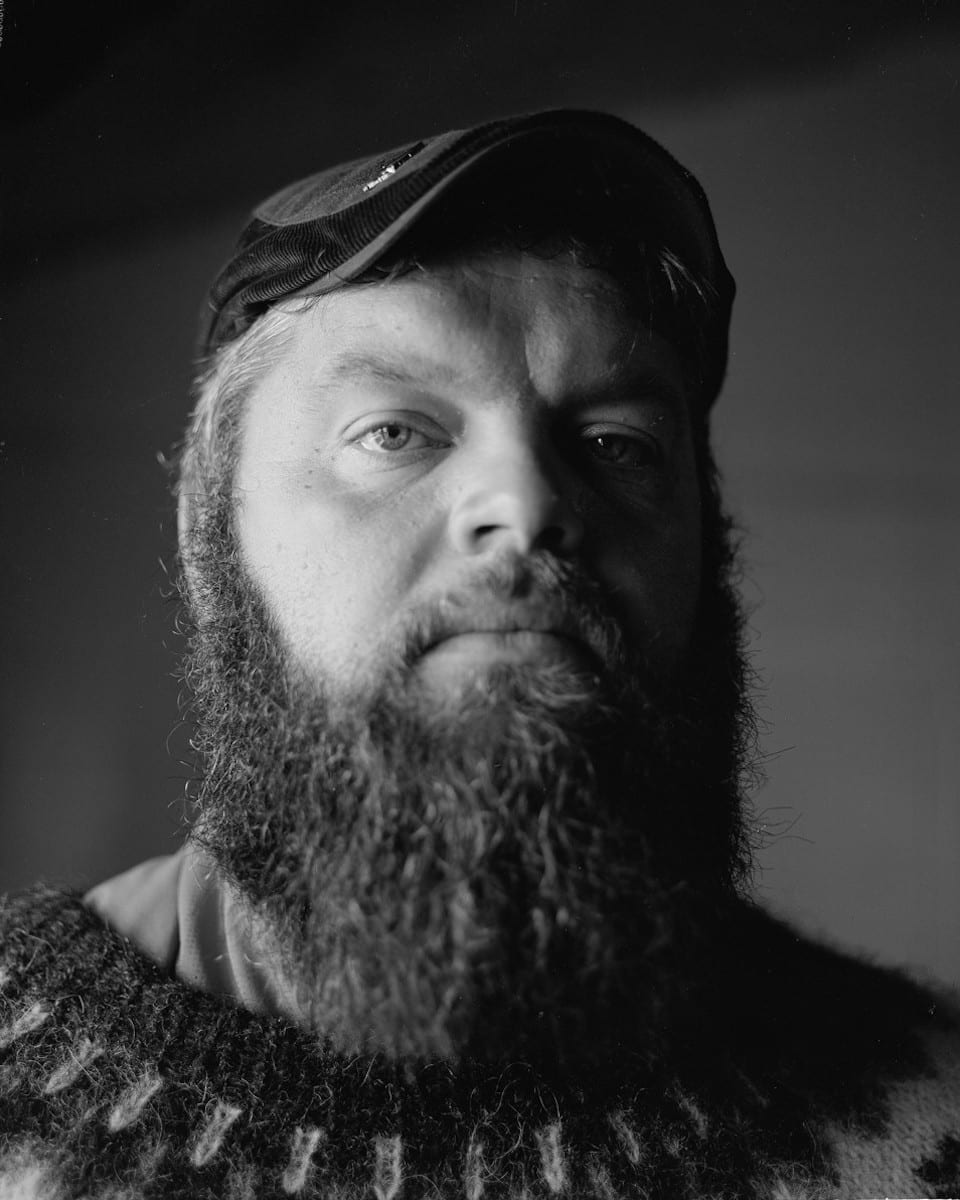
Where did your idea for this project come from?
The topic has been of interest to me for the last couple of years. I moved to the Icelandic countryside from the city of Prague where I had been living for eight years and the change of environment was completely liberating and life-changing. I fell in love with Iceland and its inhabitants from the very first day. Therefore it was pretty obvious and natural choice.
Did you notice any differences in your approach when using the Intrepid camera?
It’s all completely different. I’ve been shooting mostly in film for years, but large format is a whole new level. As you only have a couple of negatives every time you shoot, you really have to take your time and think before you press the shutter. That way, it teaches you patience and slows down the whole photographing process. One of the other advantages is the retro look of large-format camera: when you photograph people you first need to approach them and ask for their permission. And this kind of camera is a perfect ice-breaker and conversation opener. It would never happen with a regular DSLR.
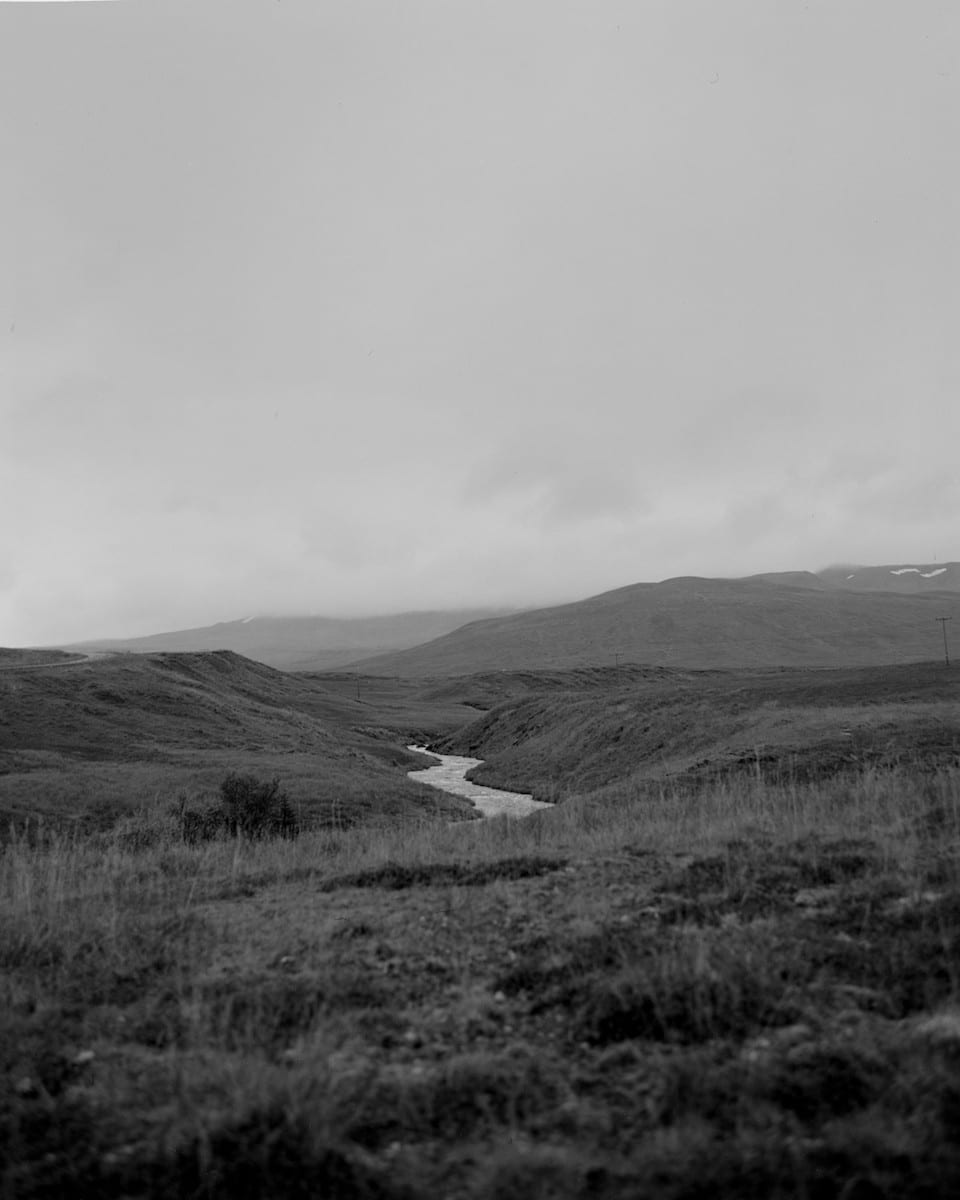
You often focus on the tension found in communities adapting to Western lifestyles, those caught between “progress” and nomadic, wilder lifestyles. How do you attempt to capture that in your work?
For some reason, I myself, tend to live a nomadic lifestyle and not to become part of the western world of consumerism. Therefore I’m strongly attracted to the cultures that have these nomadic, wilder roots. In Iceland it’s different – especially in the countryside people live the opposite of nomadic – most of the farmers spend their whole life on the farms where they were born. But there is still something nomadic about them such as the strong bond with nature, the ground and animals. Viking roots are still in their blood.
How does your degree in Landscape Architecture inform your work?
It changed the way I look at nature and the people living in and using it. During my studies, I learnt to respect the environment we live in, which most of us do not care much about. As a Western society (and most of the world nowadays) we tend to exploit nature without giving it anything back, therefore I’m fascinated by the cultures that live in harmony with nature and respect it deeply.

What do you hope this series does for people’s perceptions of Iceland?
There is one thing that makes me sad about Iceland. It’s full of sheep and in the last couple of years, the amount of them has doubled. Don’t get me wrong, I’ve got nothing against sheep, but by these new ones I mean tourists. They are coming here with their credit cards and Lonely Planet guides completely blind to the locals and the complexity of nature. They just drive from one touristic spot to another to take the necessary shot for their Instagram accounts.
But Iceland is much more than this and that’s what most visitors will never see. If you get deeper, you find out that these old Viking farmers and fishermen are the real national treasure and that nature is not about a couple of famous waterfalls. That’s what I was trying to capture. For me as a photographer is very important to do something original (in terms of style and topics) and that in itself creates an alternative reality to the mainstream.

On a personal level, what has this project taught you about the community or the culture where you live?
Most importantly it brought me closer to the locals and taught me a lot about them. It was amazing to see how people in the small community can cooperate and work as one man. The great example of this is the annual sheep gathering called “réttir”. During the summer, most sheep roam free in the mountains and when their time comes, everybody rides their horses or walks to the mountains to find all the sheep and get them down. Then the farmers separate them and it’s ended by a party with lots of local food. I can‘t really imagine this kind of cooperation in my country. In a place where your closest neighbour lives two kilometres away, helping each other is a necessity.
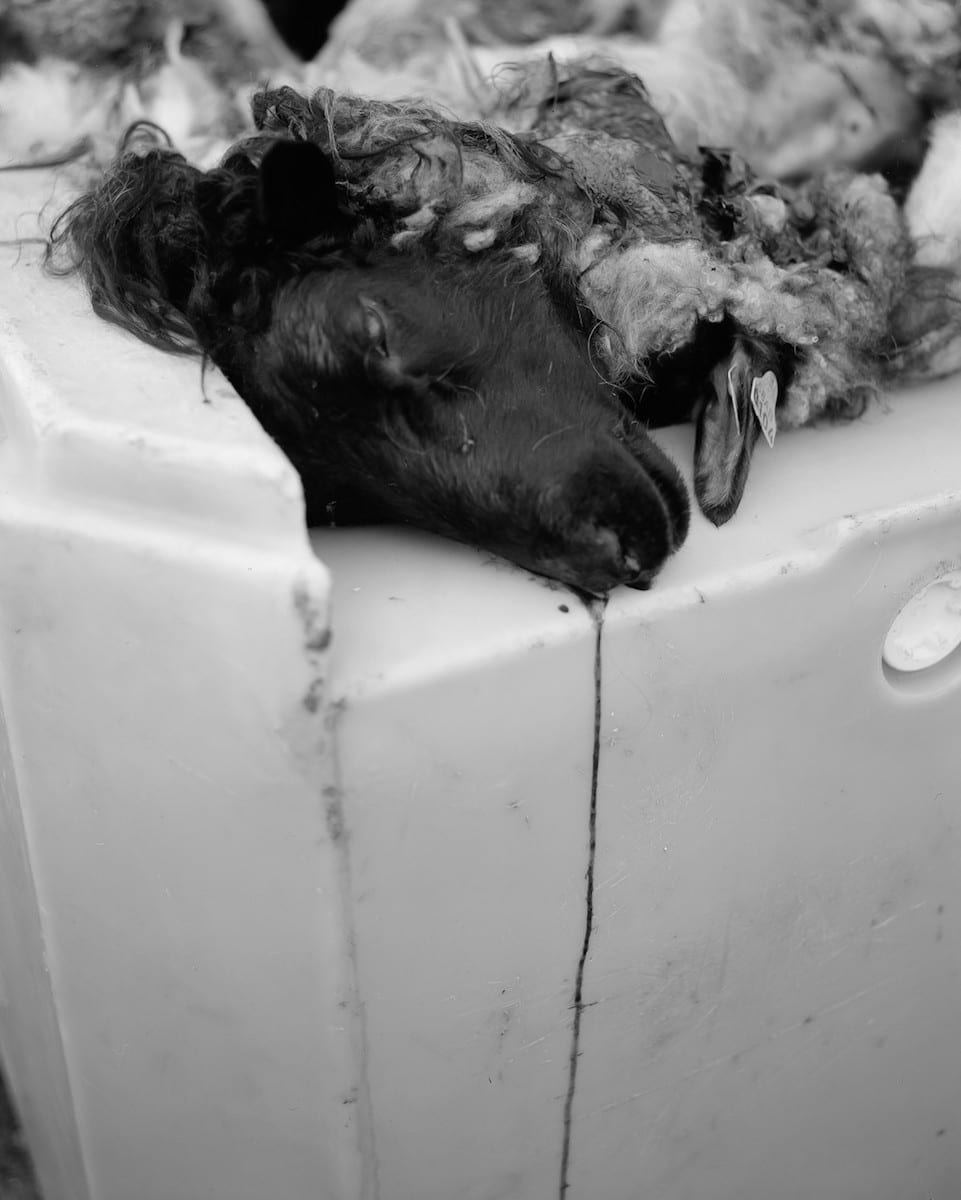
The Intrepid Film Photography Awards pop-up exhibition (supported by Metro Imaging) will be open to the public at BJP’s east London gallery space at Import House, 9th Floor, 2 Clove Street, E14 2BE, UK from 05 October to 18 October 2o18 between 9:30 am and 7:00 pm, Monday to Friday. Look out for more information about the launch of the show in our upcoming editorials.
–
This content is supported by Intrepid Camera Co. Please click here for more information on sponsored content funding at British Journal of Photography.

